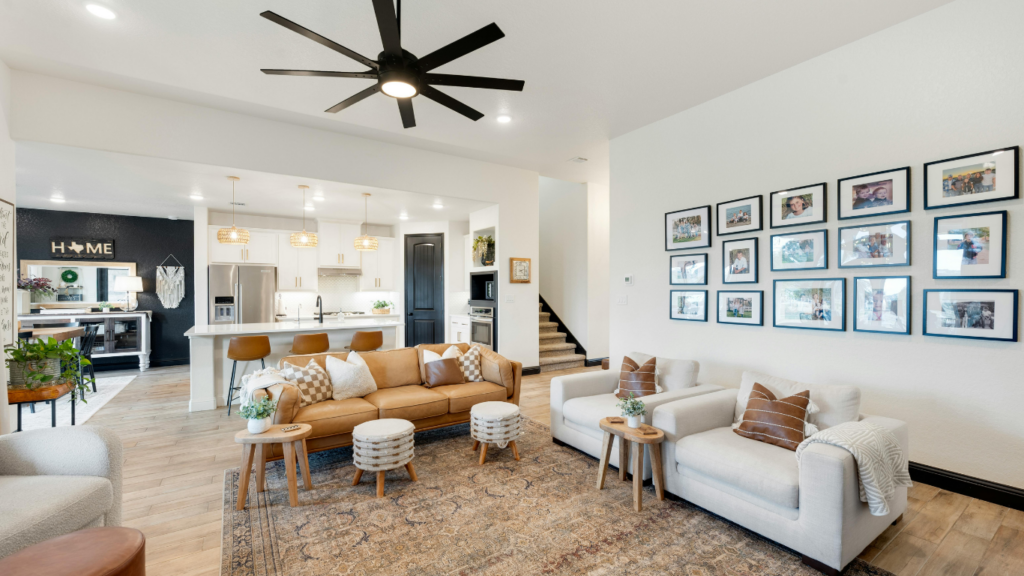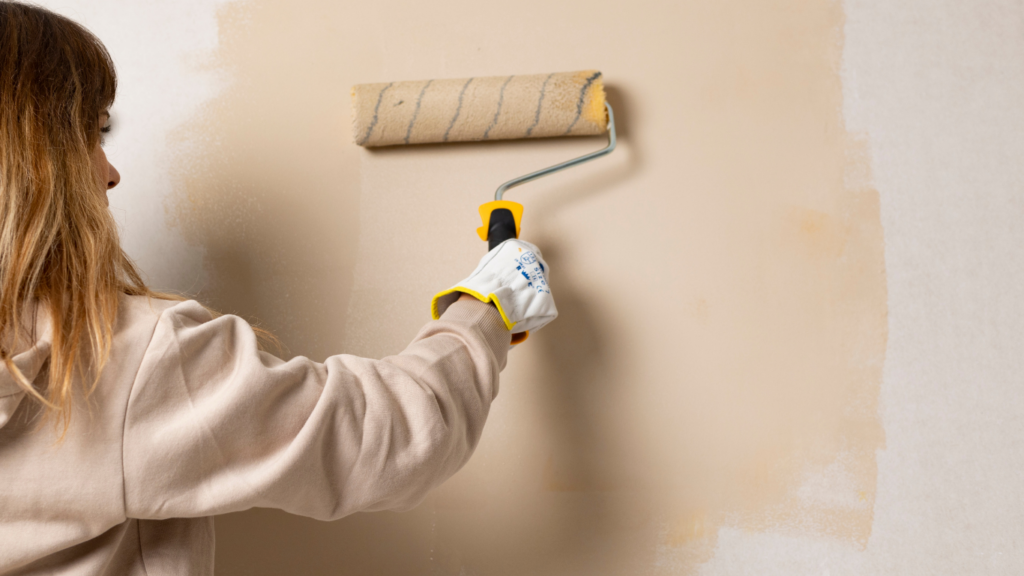In today’s world, multigenerational living is becoming more common, and for good reason. It fosters stronger family bonds and offers practical solutions to rising living costs. Designing a home that caters to everyone from grandparents to young children can be a rewarding challenge.
I believe that creating a harmonious space means considering the unique needs of each generation. With thoughtful planning, you can blend comfort and functionality, ensuring that each family member feels at home.
Let’s explore how to design a multigenerational home that not only accommodates different lifestyles but also enhances togetherness.
Understanding Multigenerational Living
Multigenerational living includes multiple generations cohabitating, fostering stronger family ties and shared responsibilities. This arrangement addresses economic challenges and personal care needs, making it increasingly popular.
Benefits of a Multigenerational Home
- Shared costs: Families can pool resources, reducing living expenses for housing, utilities, and food. This financial relief can energize family savings and investments.
- Support system: Living together promotes immediate access to emotional and physical support, enhancing the well-being of all family members.
- Caregiving: Family members can assist with childcare or eldercare, relieving the burden of full-time caregiving from one individual. This can lead to improved quality of life for seniors and healthier environments for children.
- Social engagement: Regular interaction among generations fosters stronger bonds and a sense of belonging, combating feelings of loneliness.
- Cultural transmission: Elders can impart traditions and values to younger generations, ensuring a sense of identity and continuity.
Challenges of Multigenerational Living
- Privacy concerns: Sharing space may lead to a lack of personal privacy, causing tension among family members.
- Differing lifestyles: Varied daily routines and lifestyles can create friction, requiring adjustments and compromises.
- Decision-making conflicts: Disagreements may arise regarding household management, finances, or parenting styles, necessitating open communication for resolution.
- Space constraints: Finding adequate room for each family member can become a challenge, making thoughtful design and layout essential.
- Generational dynamics: Navigating intergenerational relationships may require patience and understanding, as expectations and perspectives differ widely.
Key Design Considerations
Designing a multigenerational home requires careful attention to various factors that address the needs of all family members. Prioritizing comfort and functionality ensures a harmonious living environment.
Space Planning for Privacy and Togetherness
Space planning involves creating areas that promote both privacy and togetherness.
- Zoned Areas: Designate zones for communal activities, such as a family room, while allowing for private spaces like bedrooms or quiet retreats.
- Flexible Layouts: Incorporate flexible layouts that adapt to family dynamics, providing options for gatherings or solitude.
- Soundproofing: Implement soundproofing measures between rooms to reduce noise and enhance privacy.
- Separate Entrances: Consider separate entrances for independent living areas, ensuring everyone has their own access while maintaining connection.
Accessibility for All Ages
Accessibility elements play a significant role in designing a multigenerational home.
- Single-Level Living: Aim for single-level layouts to minimize stairs and make all areas accessible.
- Wider Doorways: Widen doorways and hallways to accommodate mobility aids, facilitating movement for all family members.
- Non-Slip Flooring: Choose non-slip flooring materials to enhance safety for children and seniors alike.
- Bathroom Features: Install grab bars, walk-in showers, and raised toilets to promote ease of use for all ages.
Essential Features for Comfort
Designing a multigenerational home requires careful attention to features that enhance comfort for every family member. Consider the following essential elements for achieving a harmonious living environment.
Common Areas for Family Bonding
Common areas encourage interaction and connection among family members. I recommend incorporating the following:
- Open Floor Plan: An open design fosters communication and allows for easy movement, enhancing family gatherings.
- Multipurpose Spaces: Flexible areas can serve various functions, such as a game room, study area, or home theater, adapting to family activities and interests.
- Comfortable Seating: Choose ample seating options like sectionals or oversized chairs to accommodate large groups comfortably.
- Natural Light: Ensure ample windows and skylights to create a bright, inviting atmosphere, improving mood and engagement.
- Shared Amenities: Consider a spacious kitchen equipped with modern appliances, encouraging family cooking and shared meals.
Integrating these features into common areas promotes unity while allowing everyone to enjoy quality time together.
Private Spaces for Personal Retreats
Private spaces are essential for personal relaxation and downtime, catering to individual needs. Focus on the following aspects:
- Separate Bedrooms: Each family member benefits from a dedicated bedroom with suitable furniture and personal décor, ensuring comfort and privacy.
- Quiet Nooks: Create reading corners or meditation spaces strategically located away from common areas, offering tranquility and solitude.
- Bathrooms with Accessibility: Design bathrooms with features that accommodate all ages, including grab bars, walk-in showers, and dual sinks, ensuring convenience for everyone.
- Storage Solutions: Provide sufficient storage options, such as built-in closets and shelving, to help maintain organization and personal space.
- Personalized Decor: Encourage family members to personalize their retreats with their style, fostering a sense of ownership and comfort.
These private spaces contribute to a balanced living environment where everyone can recharge while still being part of the family unit.
Sustainable and Functional Design Elements
Sustainable and functional design elements play a vital role in creating a multigenerational home that meets the diverse needs of all family members. Prioritizing energy efficiency and incorporating smart home technology enhances both comfort and convenience.
Energy Efficiency in Multigenerational Homes
Energy efficiency minimizes utility expenses while promoting environmental sustainability. I focus on incorporating energy-efficient appliances that consume less electricity, such as ENERGY STAR-rated refrigerators and dishwashers.
Insulation also plays a crucial role; using high-quality insulation materials, like spray foam or fiberglass, ensures optimal temperature control throughout the year.
Solar panels provide an excellent option for renewable energy, significantly reducing reliance on non-renewable energy sources. Installing energy-efficient windows limits heating and cooling losses, while LED lighting reduces energy consumption. Regular maintenance of HVAC systems ensures efficient airflow and temperature regulation, further enhancing energy savings.
Smart Home Technology for Convenience
Smart home technology offers enhanced convenience and control for multigenerational living. I recommend implementing smart thermostats that adjust temperatures based on family members’ routines, ensuring comfort while optimizing energy use.
Smart lighting systems allow customization of lighting based on activities, creating the perfect ambiance for shared spaces or private retreats. Security systems with smart cameras and doorbell alerts provide peace of mind, allowing family members to monitor their home remotely.
Voice-activated assistants facilitate hands-free control of various features, such as lighting, temperature, and entertainment systems. Additionally, smart kitchen appliances streamline meal preparation, adapting to different cooking styles and preferences, making family cooking more enjoyable and collaborative.



